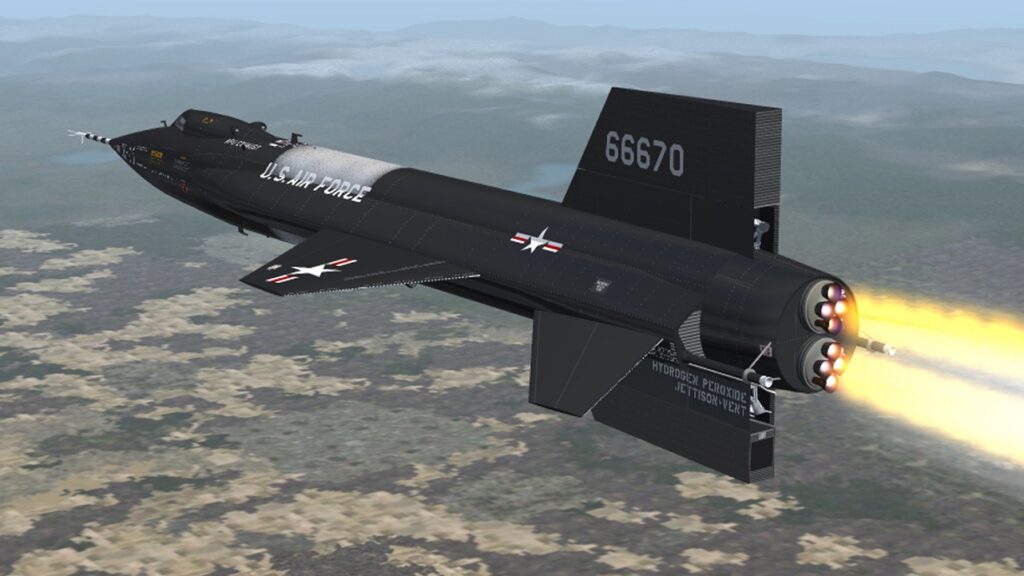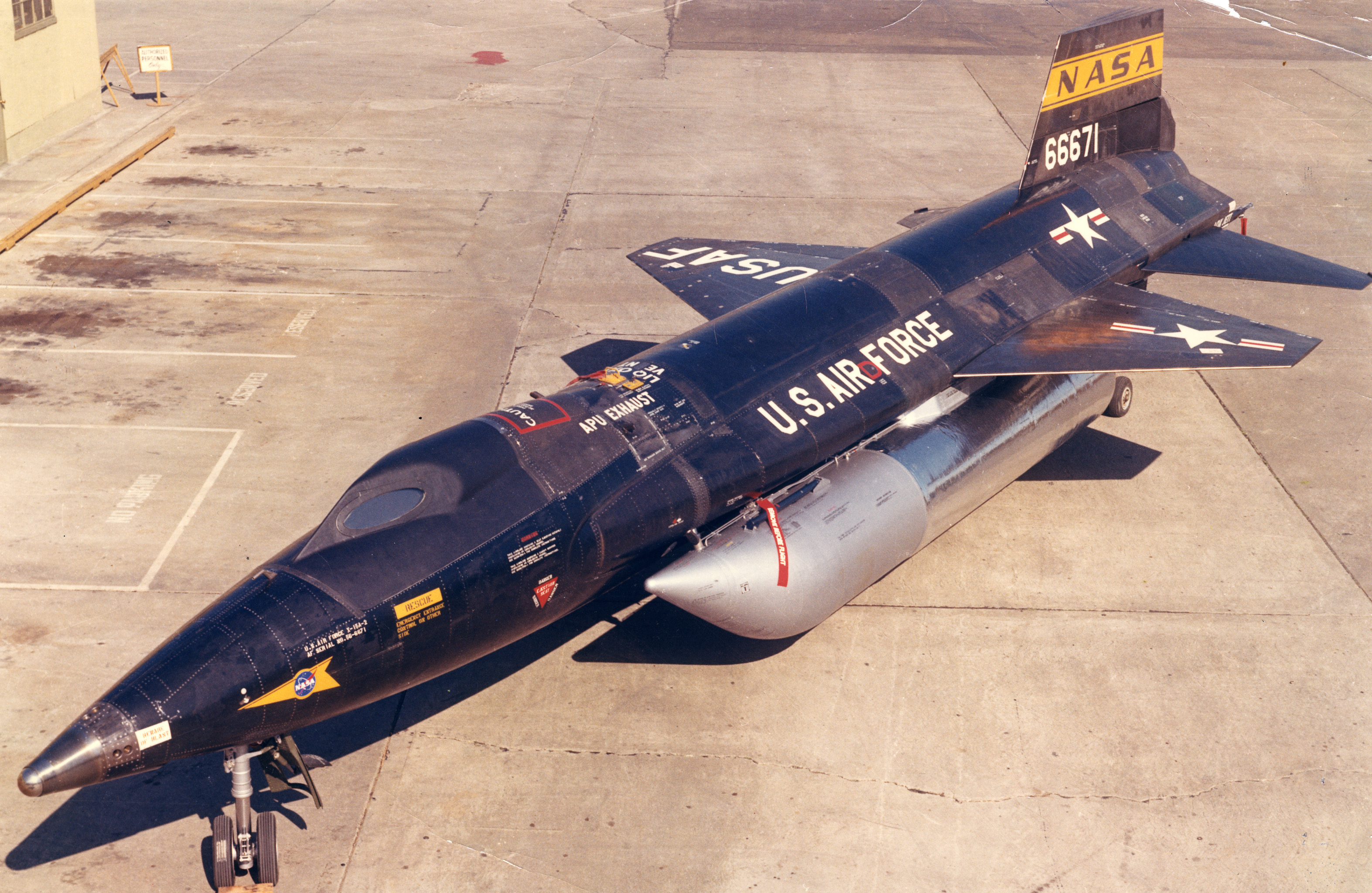The concept for the X-15 emerged in the late 1950s during the Cold War when the United States was engaged in a fierce space race with the Soviet Union. The X-15 was designed to explore the outer limits of Earth’s atmosphere and collect valuable data for NASA and the U.S. Air Force.
The X-15 was constructed by North American Aviation and had a distinctive black, sleek design. It measured 50 feet in length with a wingspan of 22 feet. Its engine, a Reaction Motors XLR99, was capable of producing a staggering 57,000 pounds of thrust. This powerful engine enabled the X-15 to reach incredible speeds.
The X-15 made a total of 199 flights between 1959 and 1968, each one pushing the envelope of what was thought possible in aviation. It set numerous records, including:
The X-15 achieved a staggering top speed of Mach 6.7, equivalent to approximately 4520 miles per hour (7283 kilometers per hour). This remains the fastest speed ever attained by a manned, powered aircraft.

By the late 1960s, the X-15 program had served its purpose, and the aircraft was retired. It had paved the way for future space exploration and left an indelible mark on aviation history.
The X-15 program is a testament to human ingenuity, courage, and the relentless pursuit of knowledge. It laid the groundwork for many subsequent space missions and contributed significantly to the U.S. space program’s successes.
The North American X-15, the fastest manned rocket aircraft ever built, exemplifies the audacity of human exploration. Its groundbreaking achievements and contributions to aerospace technology continue to inspire scientists, engineers, and aviation enthusiasts around the world. The X-15’s legacy remains a symbol of what can be accomplished when humans reach for the stars






